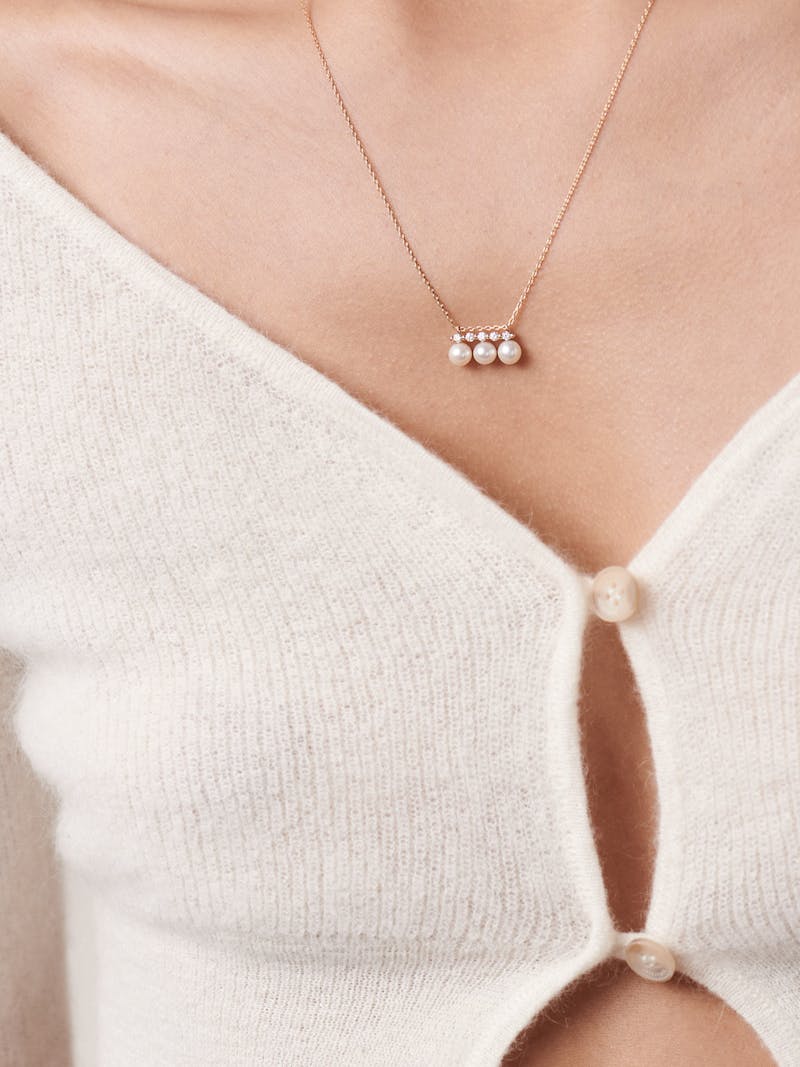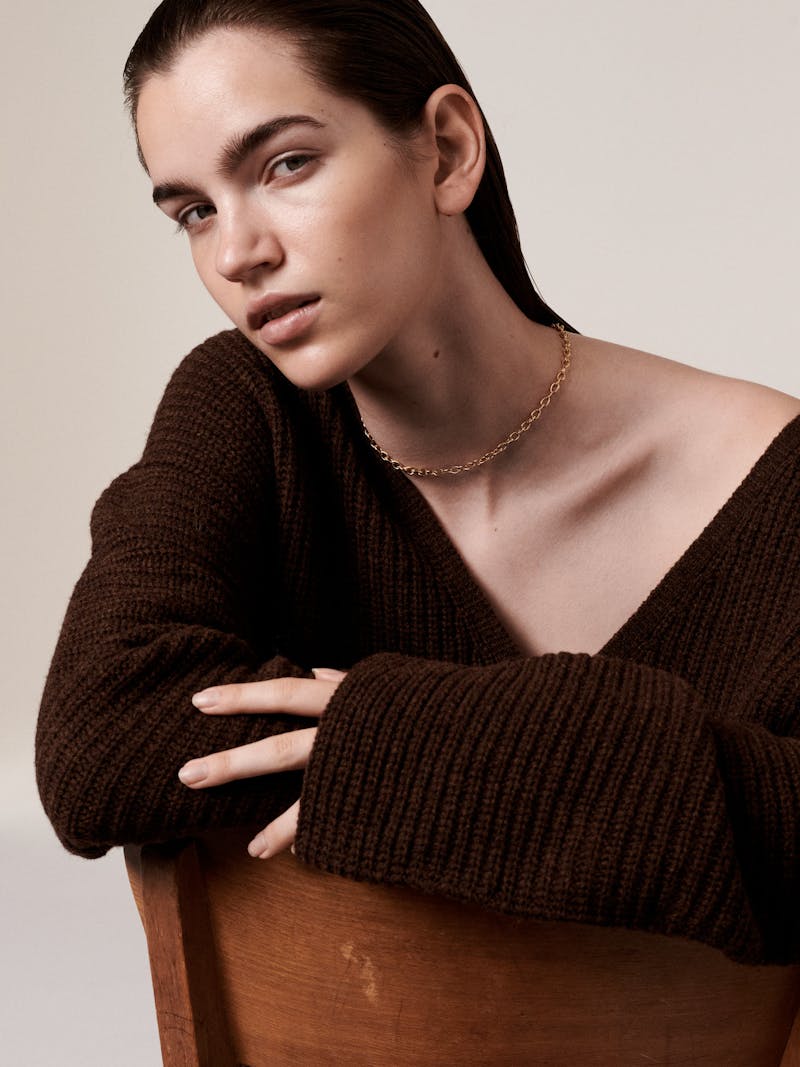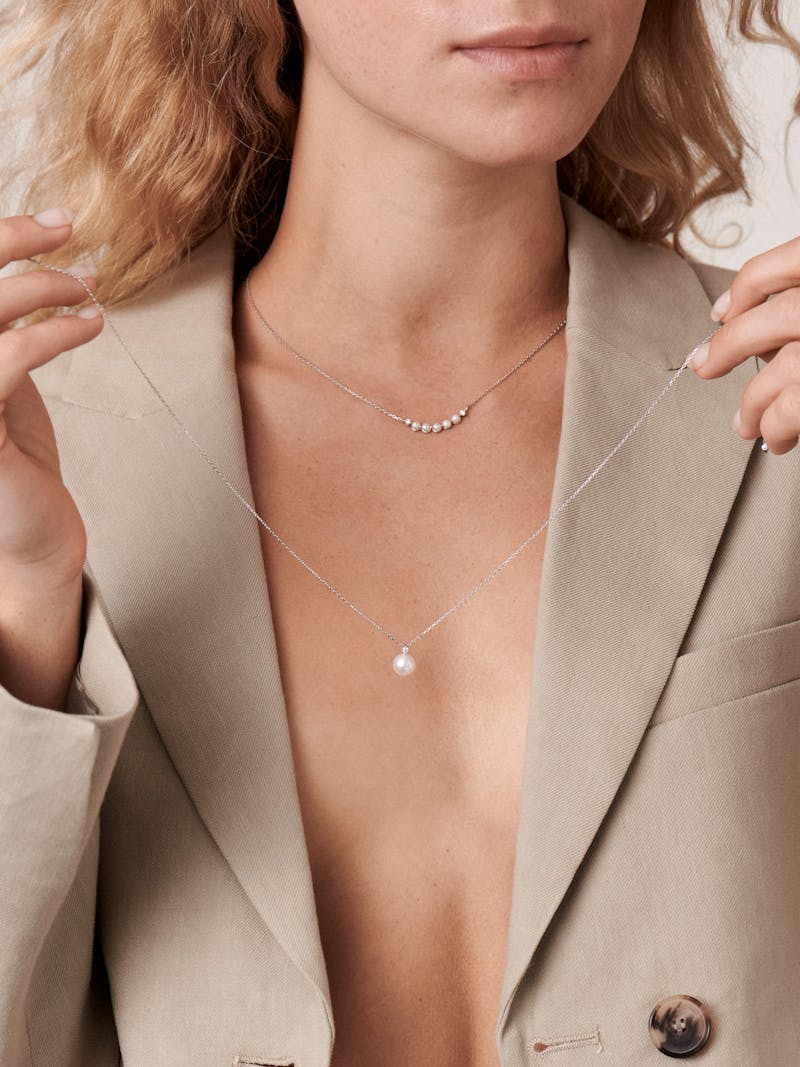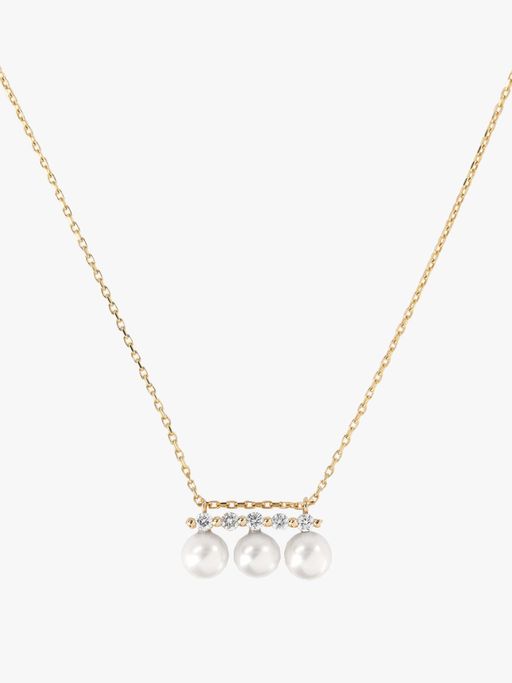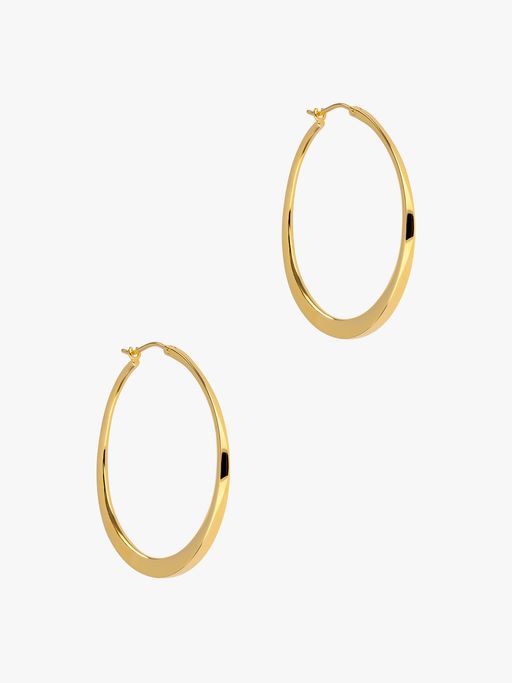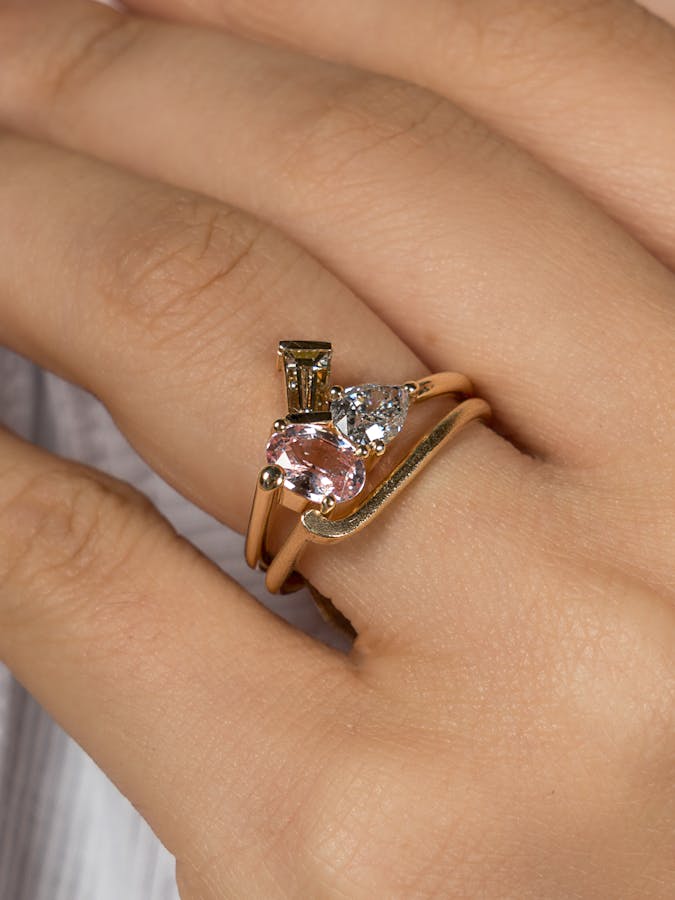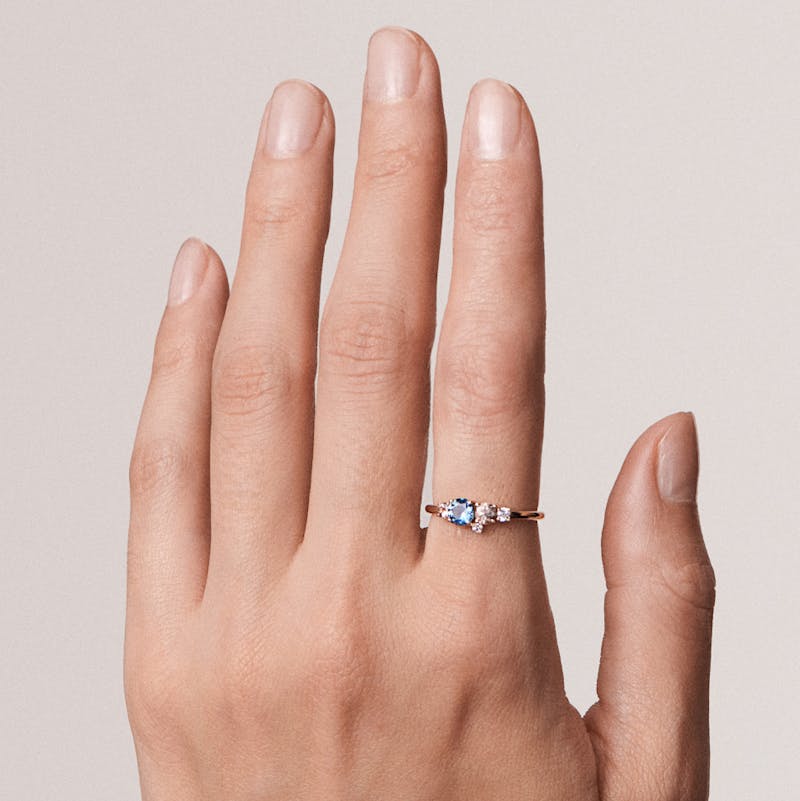Dinny Hall
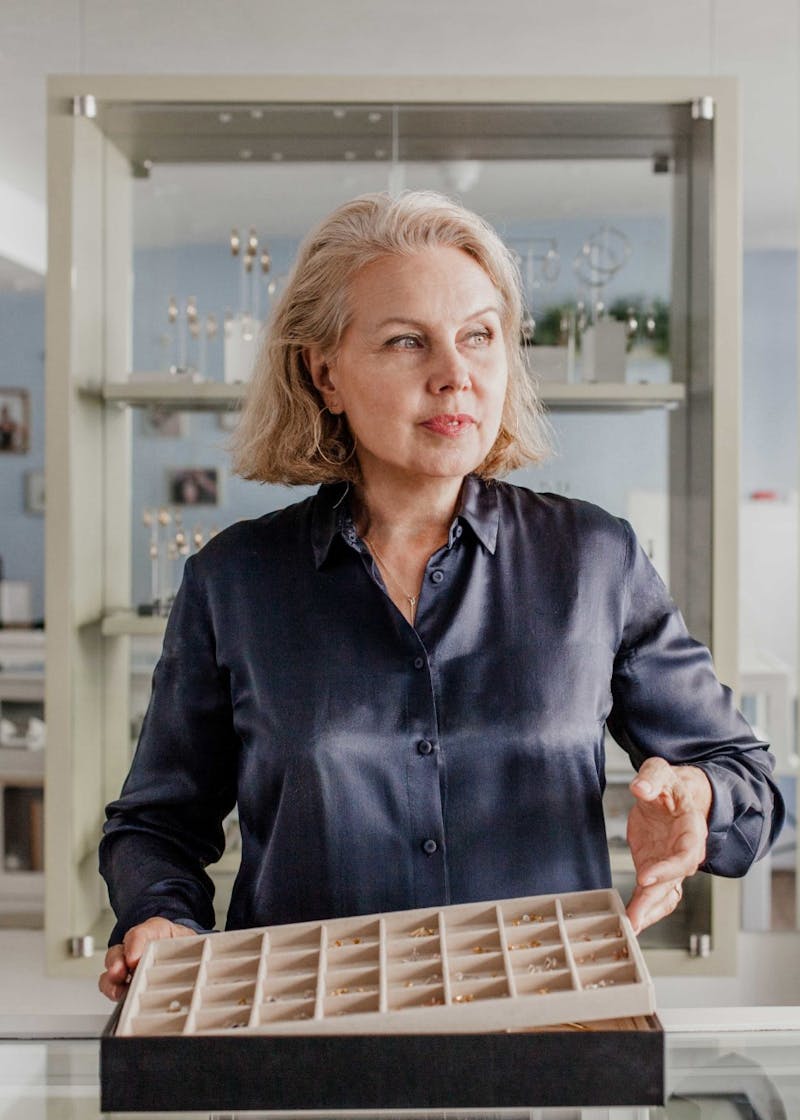
A modern British jewellery brand with more than 30 years heritage, Dinny Hall’s eponymous line celebrates the craft of jewellery-making. With distinct designs and attention to detail, her timeless and feminine pieces are inspired by an eclectic range of sources – from 20th-century furniture to the onion domes of a Russian orthodox church.
Designed by Dinny and her team in the Notting Hill studio in London, the jewellery is skilfully crafted of high-quality materials, sourced responsibly to ensure the highest ethical standards. Dinny Hall is must-have luxury items for the modern woman.
What is your background and how did you get into jewellery design?
I went to Central Saint Martin’s school of art, way back in the 1980s. I suppose, I took the academic route to learn how to make jewellery, and it gave me the time to experiment. There was never any question when I left that I was going to do anything rather than being a jewellery designer.
How would you describe your approach to your design?
I believe that design is not just about translating things you see, but also translating things you feel. It can be different at certain times of your life. For example, when I was pregnant with my son, I noticed that all my jewellery looked like it was kind of seed pods. It was almost like everything had swelling in the middle. I am very tapped into to nature and architecture, but also stories and films. I put all these things together, and then I distil it. I think in the end, you end up with something quite simple. My jewellery is very simple but there’s quite a lot that goes in there that makes you end up with that shape. Even with things like chains, they may start chunky and being inspired by ripples on water, but then gradually, I’ll tend to make things just more commercial. Because I am in retail. I have six shops, and so, I distil things down. What you are left with is an essence of something.
My next questions was about your aesthetics, but I think that speaks into that; the simplicity and the distilling of ideas, but if you can talk a little bit more to it?
If you put all the collections, I’ve done next to each other, some are more decorative than others. For example, the very first collection I did was called Alhambra, and it was based on Moorish embellishments, friezes, and designs from the Alhambra palace in Grenada. It was quite decorative. Sometimes, I will start from a literal and decorative place, and I will come back to it years later and start distilling it. It is the same principle, but it doesn’t mean to say that my aesthetic doesn’t appreciate the decorative. I love Indian palaces with all their mirrors, and I also, to a certain extend appreciate being in opulence. You cannot go to Versailles and not appreciate that crazy opulence. But it is not actually how I live. Less is more is really my aesthetic.
We already touched upon a couple of different inspirations, but maybe you can go into more detail on how and where you find inspiration?
Sometimes, it is a bit like being a chef. When you get to my age, when you are a veteran, you’ve made lots of recipes, and sometime in the past you’ve done things before anyone else that you know of. Of course, no one is completely original, but I was doing things like these bamboo earrings in the 1990s, and so, basically, in a way, I have developed the recipe for that design. There are lots of other meals and techniques of cooking, and jewellery that I haven’t finished with, that I need to perfect. It is almost like life as a jewellery designer and maker is parallel with being a chef. You get known for the taste of your design, but it is a lifetime of perfecting it. And I enjoy that, it just means that your job is never done. Like Elsa Peretti, she was still designing jewellery in her 80s, just before she died… that’s me!
"I believe that design is not just about translating things you see, but also translating things you feel. It can be different at certain times of your life. For example, when I was pregnant with my son, I noticed that all my jewellery looked like it was seed pods."
What was the first piece of jewellery you designed?
It was a Mondrian brooch. I got really interested in De Stijl (art movement in the 1920s, red.), and I just was really interested in Mondrian for a while. It was when I discovered 20th century contemporary art, and Mondrian interested me because, how could you make squares and lines be so perfect? And so, I did a mini-Mondrian brooch which was made with acrylic and silver.
Who do you design for?
When I was at college, I designed with the idea of theatre in mind, because I could. Then, as I started growing up, I started designing for myself and my peers. It had to be cutting-edge and a bit different. But I think, really, as life goes on, I am now designing not just for my generation, but for every generation. I think very much about your age group and about what you want, where you are in life, what you would wear, and what you would wear every day.
What would you say the role of jewellery is today, and in general?
Without a doubt to make people happy. There’s no doubt. It is a little pleasure in life just like a cake except jewellery you can keep. And of course, it has a lot of meaning. There’s a huge emotional attachment, so more than just happiness, it is about the emotional attachment to life, and passing on as heirlooms. It doesn’t have to be expensive. It can be a little finger ring, and it can have great importance.
Now that you’ve been in the industry for more than three decades, how have you experienced the change?
I used to liken myself to Madonna because she did always reinvent herself so brilliantly. Well into her fifties, she somehow made herself relevant. She’s a bit stuck now and hasn’t moved on to the next phase of her life. But throughout my life, I’ve always thought that I am going to fight to be relevant no matter how old I am. In the 1980s, it was quite hard to even think to run a business as a lone woman. Then to be a single mother and run a business in the 1990s that was incredibly hard as well, so I do see myself as a trailblazer for women. In any decade of our lives, we should fight to be relevant. Whether you design, or as a chef, or a writer, or even if you don’t do anything, we should not fade away just because you got to that point in your life as a woman. I am very much a feminist.
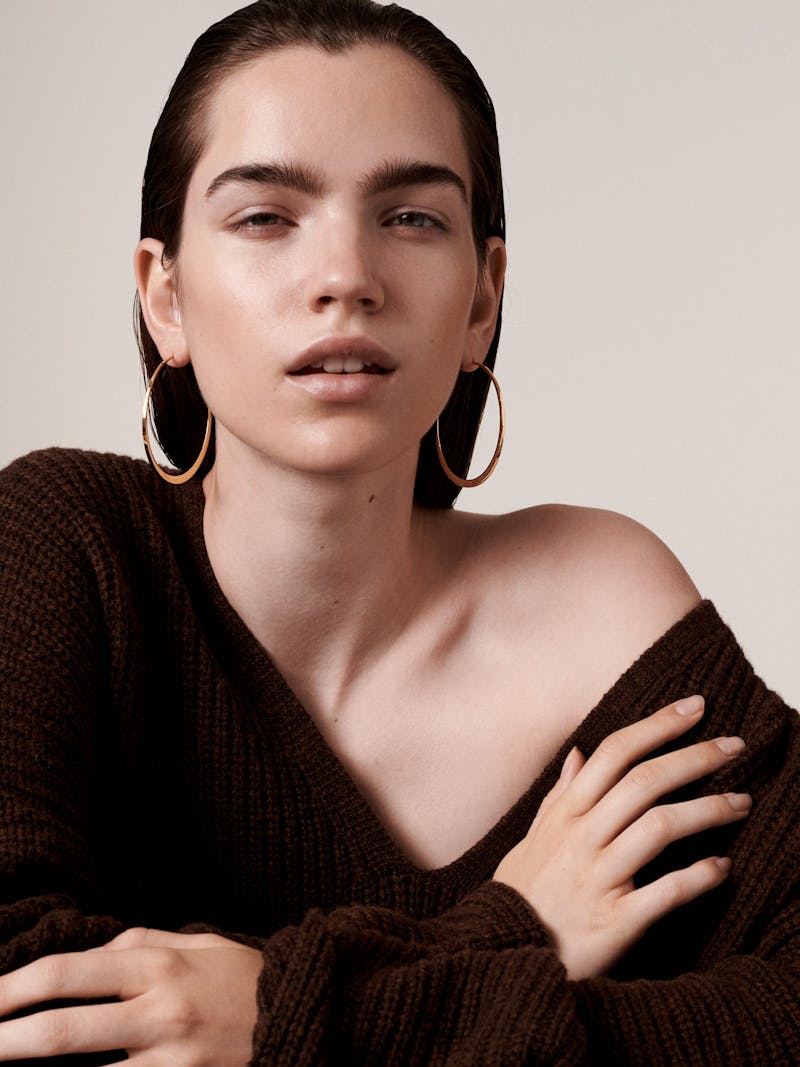
Now to something a little bit different, but important to cover, your responsible sourcing and your approach to your supply chain?
Yes, it is very important. I have been talking about this a lot, and I feel concerned more and more about using the word sustainable, because it is true that you shouldn’t buy anything to be truly sustainable. But to be driven to be responsible and more and more sustainable is of the utmost importance. And we are lucky enough to work with a man who set up a carbon-neutral factory, the first of its kind. It took him 10 years to build up, and they now produce at least 70-75 percent of all the jewellery we make, which is exciting and something I’m proud of. They recycle their own water; they use solar panels... and they’ve reached 98 percent carbon neutrality. It shows that it is possible to produce jewellery using recycled materials, and not emitting carbon making those items. That’s what we must strive towards. That’s very hard for a young designer. So also, I see it as important for me as a veteran to work with younger designers. Sustainability is not just for me, because I am big enough to embrace that, but young designers are not. You can’t just go and get things produced in a carbon-neutral factory. I really want to embark on that side of responsibility. Keeping and making the whole industry through younger designers better and better. It is not just sustainability, it is about who we work with, how we work with people, how we sell jewellery; buy less, buy better.
Maybe tell me a little bit about your gemstones as well and how you pick them?
I love gemstones. I get so excited by them. Always have done. It is a continual work in progress, to make sure that they are mined responsibly. And that we do. By working with people who work the same way as us. We got a butterfly mark from Positive Luxury, which is an organisation that investigates your business, and they give you what they call butterfly marks. It’s an accreditation. We got six butterfly marks about our sourcing. You know, I could say anything, and that’s why we decided to work with Positive Luxury to have them investigate us as well.
Personally, do you have a favourite stone?
You are going to hate me, but I like diamonds… do you know why? I love coloured stones, but I wear diamonds, and it is probably because I am Taurian, so it’s my birthstone. With diamonds, you can just wear them all the time, you can bash them around, you can go swimming in them. I am always on the go; I have very high energy levels. I have a dog, I garden… and you don’t have to take them off. And they trinkle and you look at them and they make you happy. So, I am afraid, I hate to admit it, but my favourite gemstone is diamond.
Final question, where do you go to find peace?
I live in the countryside in a farmhouse on the marshes in an area of the UK called Norfolk, and it’s got the largest in-land waterworks in Europe called The Norfolk Broads. Basically, it is quite like Holland, the scenery, and we have unusual birds in the garden all the time, and we are near a big river, so I find just living there great. I come to London now, and I love it, but then I go back to my farmhouse, and I can collect my thoughts and walk. I know how to be able to compartmentalise and so I know how to be able to take away the pressures that one has in life, that we all have, I know how to pick them up and put them to one side and then just chill… I think that conserves energy.
